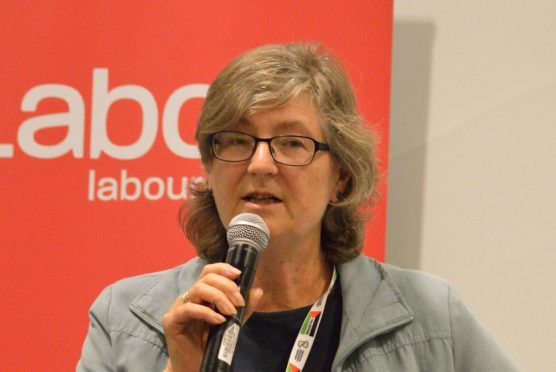New community land-buying powers have not been used at all since they were introduced more than a year ago, leading to claims the law is not “fit for purpose”.
Concerns were raised after the Scottish Government confirmed to The Press and Journal that there have been no applications to date by groups seeking to take advantage of their extended right-to-buy initiative.
Campaigners and Labour politicians suggested last night that the lack of interest may be a result of the narrow scope of the legislation, and urged Scottish ministers to consider making changes.
The powers were introduced last year as an amendment to the Land Reform (Scotland) Act 2003.
They gave community bodies the right, if approved by ministers, to purchase land which is abandoned, neglected or “causing harm to the environmental wellbeing of the community”, even if landowners did not want to sell.
During debate before the powers were introduced, Community Land Scotland (CLS), the membership organisation for community landowners, joined others in arguing that the definition of “harm” was too narrow, and argued it should include social factors as well as environmental.
Last night, CLS policy director Calum MacLeod said the lack of applications showed that the Scottish Government should now “seriously consider” amending the law.
He added that it also underlined the need to avoid making the same mistakes with the next community right-to-buy power to be introduced, for land that would further sustainable development.
He said: “We’re not convinced that the ‘abandoned, neglected right-to-buy’ is necessarily fit for purpose yet, and the fact we haven’t yet seen any community begin to use it, doesn’t dissuade us from the opinion that it isn’t necessarily fit for purpose, because of the way it has been framed.
“If that is the case, it’s vital to ensure that the next one coming up actually enables communities to buy land to further their sustainable development.”
Echoing the remarks, Scottish Labour MSP Claudia Beamish said: “It is concerning that there has not been a single application under these terms.
“It’s clearly in the public interest the criteria should be widely drawn in order both to prevent land being allowed to stay in a poor state and also to enable sustainable development and local economic regeneration, in parallel with biodiversity.
“The Scottish Government should seriously consider broadening the criteria so that in addition to communities of place, communities of interest should be supported in their quest for the appropriate use of land through community right-to-buy.”
A Scottish Government spokesman said: “We actively encourage community ownership initiatives, and provide a wide range of advice and guidance to groups considering a community acquisition of land.
“The Scottish Government Community Land Team has been running a series of roadshows to provide community groups with information and guidance.
“These have already been held in Galashiels, Glasgow and Dundee and there are three more planned for Kirkwall, Inverness and Perth.”










